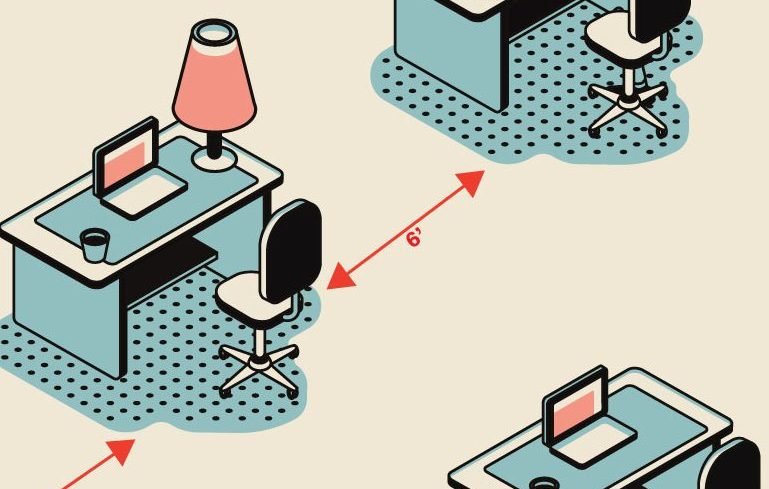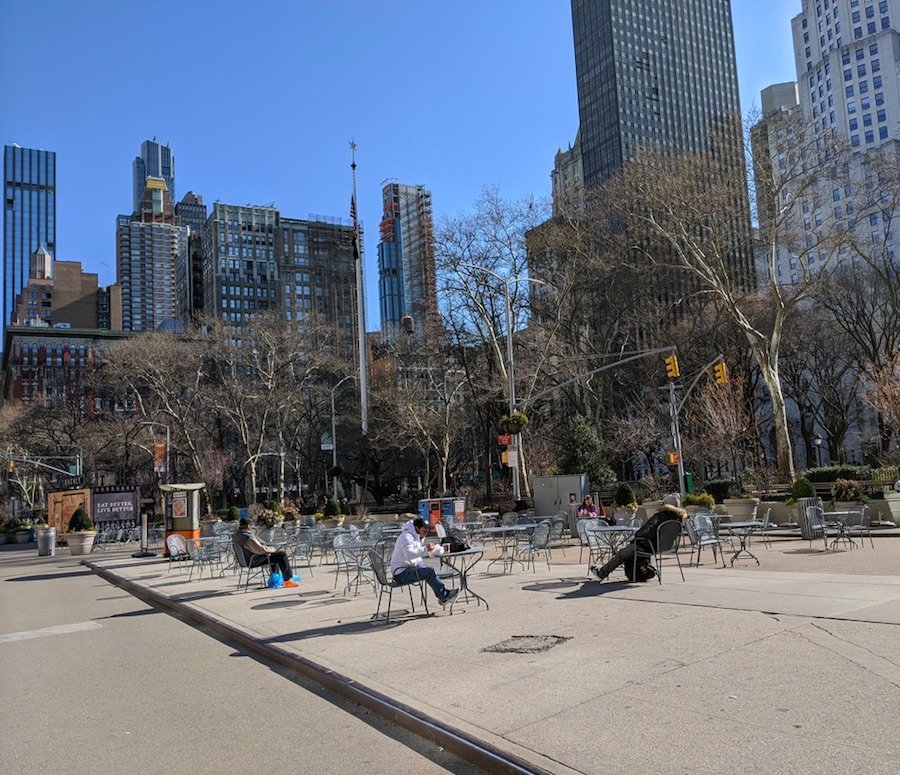In the past, our architecture has been shaped by epidemics. From cholera, to plague, to tuberculosis, the form has always been modified by infection, as much as function.
This pandemic has changed our lives forever, and also will it change our built environment. There will be alterations in the number of hours we spend in the office, or at home. In the future, we are most likely to avoid gathering into large places as much as possible. A shift in work culture is predicted, social distancing will be sincerely followed. So it is hard not to wonder how will it redefine the built environment?
The post-pandemic world will witness a greater reliance on collaboration by virtual rather than actual means as video call meetings are proving to be effective and hence, leading to less need to travel in the future. Also, there has been an increase in the demand of touch-less products. Use of automated door, in public restrooms; self-flushing toilets and automated faucets and soap-dispensers and contactless transactions.
In terms of workspaces, where the idea of co-working spaces had come to place, now proximity may not seem like a very good idea. However, we might not go back offices with cubicles, but, the density in offices will change. There will be shift from open plan offices, and more ventilated and openable windows. According to a hunch by Arjun Kaicker, who led the workplace design team at Foster and Partners for a decade, wider corridors and doorways, more partitions between departments, and a lot more staircases will be seen.

Furniture may change too. Earlier the size of tables reduced from 1.8 to 1.4 meters but now a reversal of that will be witnessed. In order to maintain social distancing, legislation might be introduced to mandate a minimum area per person in offices, as well as a reduction in maximum occupancy for lifts and larger lobbies to minimize overcrowding as predicted by Arjun Kaicker.
A big break from building the skyline will be witnessed. High-rise buildings would become more expensive to build and be less efficient, which may reduce the economic attractiveness to developers of building tall – and super tall – towers both for offices and residential.
Design and architecture team of Kaicker, are working on building contact-less pathways, meaning employees will rarely have to touch a surface with their hands to navigate through the building. Lifts can be called from a smartphone, avoiding the need to press a button both outside and in, while office doors will open automatically using motion sensors and facial recognition. With 80% of diseases is transmitted through touching contaminated surfaces, the future holds a hands-free city. From the blinds, ventilation and lighting to even ordering a coffee through your phone, elimination of contact can be done in communal places.

In terms of residences, as time is being spent mostly indoors now, and will continue to be in future, occupants are beginning to think the kind of environment they want to stay in for longer. Bringing in the outdoors, or space to sit out for a brief amount of time is to be designed. Integration of workspace inside the house, that enhance productivity will be appreciated.
Avoiding to design cramped up affordable houses, as it creates an anxiousness to leave, the sensitivity will be seen to plan houses that make people comfortable more psychologically.
The crisis may also spur changes in how the broader public thinks about land use. When designing public spaces, there will be a change in the area per person of any public space. Not only this, but sidewalks will also either be cleared, from kiosks or should be made wider to accommodate for at least 2 people walking side-by-side without touching one another.
The pandemic will create a new lens through which to think about public space, and this new conversation will need a new vocabulary to help organize our ideas and analyze spaces. Now, when planners and designers have a chance to rethink cities, consideration to greener, more walkable cities are going to take place.



